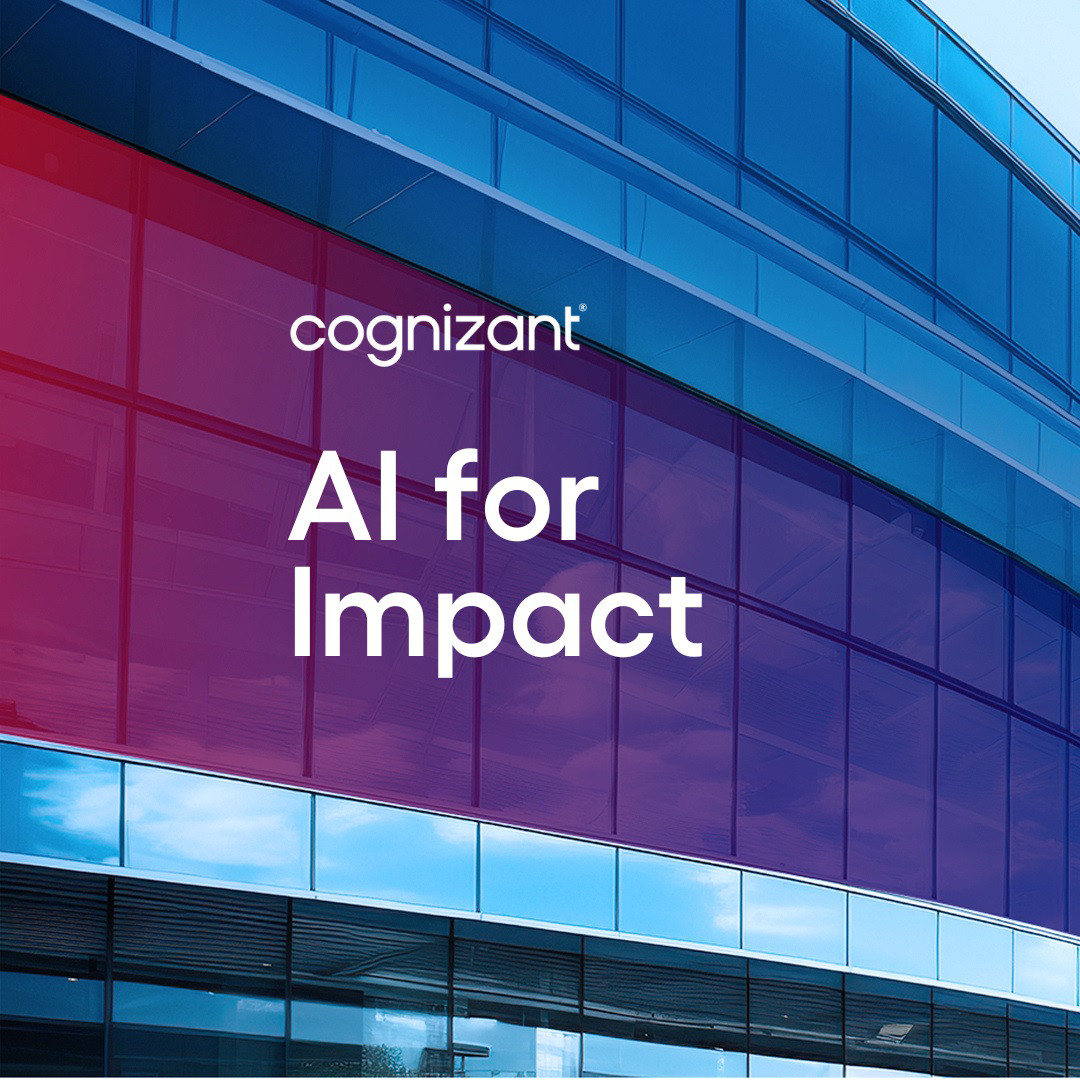What is generative AI?
Generative AI is a subset of artificial intelligence (AI) that focuses on creating algorithms and models that generate new content such as text, photos, code, videos, 3D renderings, music and more that mimic human-like creative processes.
A large language model (LLM) is a foundational model, a component of generative AI that’s been trained on vast amounts of text data and specializes in generating human-like text by predicting the next word in a sequence. Gen AI uses LLM to create diverse, novel content or outputs, from answering queries to crafting narratives or essays, based on the provided input.
What is generative AI versus AI?
Unlike traditional AI systems that rely on rule-based programming or explicit instructions to predict, classify data and automate tasks, generative AI leverages deep learning techniques, particularly neural networks, to enable machines to learn patterns and structures within data and use that knowledge to generate novel and contextually relevant outputs autonomously; that is, without explicit programming.
Is deep learning the same as generative AI?
No. Generative AI is not synonymous with deep learning. Deep learning is a subfield of machine learning that focuses on the use of artificial neural networks with multiple layers (deep neural networks) to learn and represent data. Gen AI can employ deep learning techniques to create generative models, but deep learning encompasses a broader range of applications beyond content generation. Gen AI is specialized in content creation.
Was a generative AI technology the fastest adopted consumer technology in history?
Yes. Generative AI can answer queries and generate text responses based on conversational language and provide readable answers, and natural language processing is now used for both input and output. This makes gen AI highly accessible and responsive to human interactions.
This may explain why generative AI technology has already been democratized globally. When OpenAI released its chatbot, ChatGPT, in late 2022, 100 million people used it in the first few months. This was the fastest adoption of a consumer technology in history. Now new gen AI tools are being deployed by businesses around the globe.
What is generative AI used for?
Generative AI is a significant leap forward in the way artificial intelligence (AI) can be used, with the potential to disrupt industries and economic sectors around the globe. Using gen AI technology, future-ready businesses gain the ability to build on their use of sophisticated algorithms and machine learning to achieve new levels of competitive advantage.
What are the benefits of using generative AI?
Business that assess how to adopt generative AI in economically viable ways can underpin multiple use cases across their organization and achieve tangible business outcomes, including:
- Delivering richer insights at a faster pace, to inform more effective strategic decision-making
- Enhancing and accelerating the go-to-market experience
- Increasing agility, creativity, quality and productivity in software development
- Improving employee engagement by creating a more personalized, simple experience in recruiting, onboarding and development—including orienting staff, assisting with administration and accelerating learning
- Accelerating complex problem solving by modeling and prescribing optimal outcomes
- Streamlining and accelerating the provision of expert advice, where users need to interact with experts for assessment or guidance
- Transforming the customer experience and supercharging marketing and sales
Which industries already use generative AI?
Industries that already put generative AI technology to work include but are not limited to agriculture; automotive; financial services and wealth management; insurance; healthcare, life sciences and pharmaceuticals; manufacturing; and marketing and sales.
How can generative AI be used by businesses?
Imagine embarking on a grand expedition , where the terrain constantly shifts, and the map you hold in your hands redraws itself to reveal new and exciting destinations.
This is how generative AI is unfolding, placing boundless potential at our fingertips, democratizing access to insights and skills and setting the stage for new value chains to emerge, including:
Purpose-built partnerships
Generative AI is likely to have a significant impact on how businesses collaborate and partner. While competition to bring novel solutions to market will increase, there will be compelling reasons for companies to pool resources and expertise to create more robust AI solutions that address a specific purpose.
Once-rigid-now-dynamic processes
Most business process automation efforts today use classic machine-learning algorithms to automate static, pre-defined processes. While enabling speed, simplification and personalization of processes, these models depend heavily on labelled data and human expertise.
Generative AI brings a seismic shift towards dynamic, data-driven business operations, as it can simulate and generate countless scenarios in real-time, utilizing its ability to learn and create.
The new levels of flexibility and speed will enable companies to optimize workflows across a multitude of operational aspects, from supply chain management and sales forecasting to customer relationship management.
What’s more, since generative AI creates new content, it can be used now for a variety of business functions within organizations including classifying, editing, answering questions, summarizing, as well as drafting new content. It produces outputs in the same medium in which it is prompted. Here are some examples :
- Intelligent document processing – Allows organizations to analyze and extract valuable insights from unstructured documents including forms, emails, contracts and spreadsheets.
- Writing code – Generative AI can now help coders work, in some cases, at twice their previous speed. It automates repetitive tasks and suggests code using tools like GitHubCopilot. It can recommend code modificationsto boost performance.
- Complimenting human work – Augmenting the output and productivity of managers, journalists, PR and marketing professionals or healthcare workers, rather than replacing them.
- Personal assistant – It can act as a smart virtual assistant, aiding knowledge workers to expand their capacity and analyze their work from transcribing meetings to developing presentations.
- Spot inaccuracies – Generative AI can spot issues with text, images, code, and, in fact, all forms of content that it has been trained on. It can also point out social biases and prejudices in human generated content that workers may not even be aware they have.
Prioritizing responsible AI
From biased algorithms to privacy concerns, companies are facing a new frontier of ethical dilemmas and determining how to ensure AI systems are fair and unbiased, preventing them from being used for harmful purposes and ensuring they are transparent and accountable. Failure to address biased algorithms, privacy infringements and ethical decision-making by autonomous systems can unleash a torrent of consequences. Embracing the ethical dimension of AI is not an option—it’s an imperative.
Cognizant believes technology, including generative AI, is made to work with people, not replace them. As Cognizant CEO Ravi Kumar S has written, “Human imagination and ingenuity will be the source of human work indefinitely. ” We take great responsibility for ethical behavior involving generative AI, and we seek to problem-find using use case discovery—identifying cross-disciplinary urgent problems that are best suited to AI technology.



















